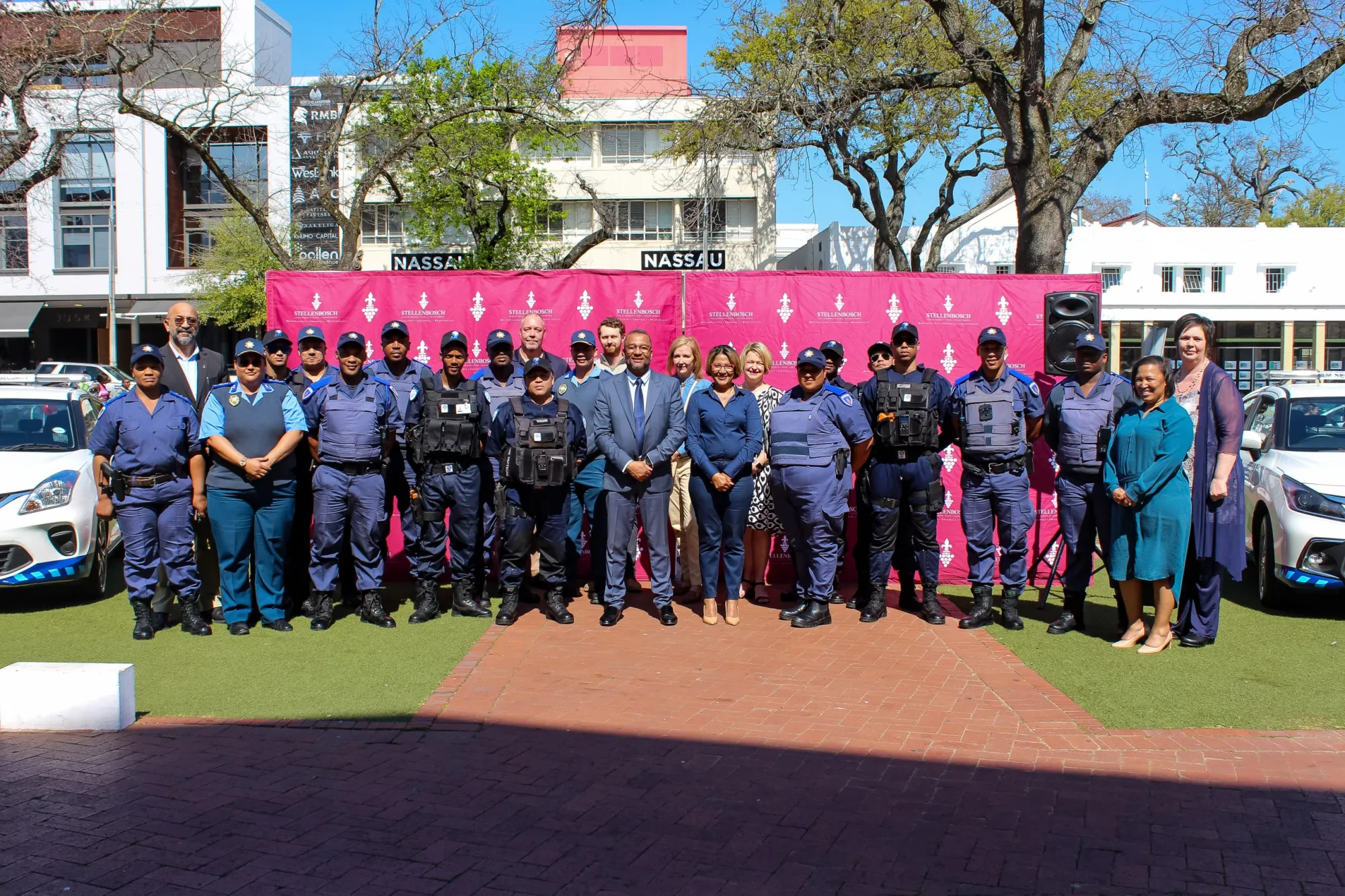
By Zandri van Greunen
This Halloween, skip lame jump scares and watch scary stories that matter. Horror has always been the genre for outsiders. Weirdos, witches, and misfits finally get the spotlight, and so-called “monsters” get a voice. From demonic teens to murderous farm girls, feminist and queer horror flips the script.
Here are five films that aren’t your standard scares:
Jennifer’s Body (2009)
Jennifer’s Body is a cult-classic horror about a high school girl, Jennifer, who survives a satanic sacrifice and comes back as a demon hungry for boys. Many may have watched it, but a feminist and queer lens adds a new layer. Jennifer is clever, deadly, and fully in control. The film reveals demonic femininity. Jennifer owns her body, her desire, and her power. Male desire becomes her weapon. Her friendship with Needy is messy, intense, and charged with queer tension. When Jennifer tells Needy, “I go both ways,” or devours a clueless dude in the woods, it’s clear that she calls the shots. The film drenches the patriarchy in blood and mixes it with dark humor.
The Craft (1996)
In another cult classic, four teenage girls discover the powers of real witchcraft. The Craft follows Sarah Bailey, a troubled teen who joins a friend group of outcast witches, Bonnie, Nancy and Rochelle. The film starts empowered. Sisterhood gives the girls comfort and courage. But soon the girls clash, and the “good witch vs. bad witch” trope curses the film. Some might even argue that the sexualized schoolgirl uniforms cater to the male gaze. Still, the film is feminist at its core. The girls in the coven reclaim their power from men who misuse it and challenge racial and sexual oppression. The Craft shows that sisterhood and female power can be messy, but not exploring it is even messier.
I Saw the TV Glow (2024)
The more recent film, I Saw the TV Glow, is about exploring identity through a queer lens. Two teenagers, Owen and Maddy, bond over a bizarre TV show called The Pink Opaque. The show becomes an escape where they feel closer to their true selves. This causes the lines between reality and fiction to blur. I Saw the TV Glow is widely read as a trans allegory, using its surreal narrative to capture the internal experience of being trans without labelling the characters. The film is a story of navigating gender, queerness, and the pressure to conform – a reminder that facing yourself can sometimes be scarier than monsters on screen.
Midsommar (2019)
Midsommar tells the story of Dani, a grieving student, who attends the rare Midsommar festival with her boyfriend and his friends in a Swedish commune. The picturesque retreat soon dissolves into pure terror. At its heart, the film is a radical celebration of womanhood. The women of the Hårga commune are in control of their sexuality, rituals, and life itself. Dani’s story is a metaphor for embracing both the sensual and monstrous sides of femininity. Meanwhile, problematic male characters are punished, which shows an inversion of traditional horror tropes. Midsommar is a sunlit nightmare where the “final girl” trope goes beyond the traditional conception and stands alone throughout the film.
Pearl (2022)
Part of the X film series – X, Pearl, and MaXXXine – this film dives into the raw power of female rage. It shows the origins of the main character of the film series, Pearl, who is trapped on a Texas farm during the 1918 pandemic. Pearl wants to escape her controlling mother and societal expectations, which leads to her unleashing shocking and unapologetic violence. Mia Goth embodies anger and desire, turning this female lead into a darkly empowering figure. The film is a twisted celebration of a woman taking control in a world that constantly tries to silence her. Pearl is a character who will make you support women’s rights and wrongs.
These five films prove that sometimes the scariest things aren’t ghosts or ghouls, they’re women and queers refusing to be ignored.



